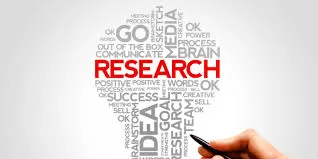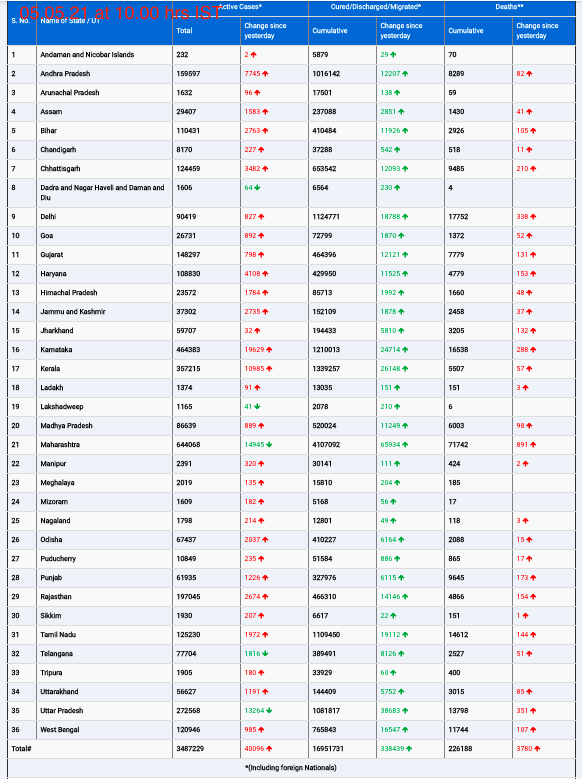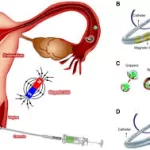WHO /Europe
In 2020, more than 740 000 of new cases of cancer were associated with alcohol consumption. This is one of the highlights of the new global study carried out by the International Agency for Research on Cancer (IARC) and published by The Lancet Oncology.
Even moderate drinking is dangerous
Risky and heavy drinking patterns (more than 2 alcoholic drinks per day) represented 86% of the total alcohol-attributable cases in 2020, show the new data. But the data also reveal that light to moderate drinking (up to 2 alcoholic drinks per day) is dangerous. This drinking pattern represented 1 in 7 alcohol-attributable cancers and accounted for more than 100 000 new cancer cases worldwide.
“Today, many people across the WHO European Region are still not aware that alcohol is rated as a Group 1 human carcinogen – alongside tobacco, asbestos and radioiodine. There is no safe amount of consumed alcohol. As it passes through the body, it can damage the organs it comes in contact with, causing different types of cancer, from oral cavity to female breast to liver and rectum,” explains Dr Carina Ferreira-Borges, Acting Head of the WHO European Office for the Prevention and Control of Noncommunicable Diseases.
According to the IARC report, the alcohol-related cancer types with the largest numbers of new cases in 2020 were:
- oesophageal cancer – 190 000 cases
- liver cancer – 155 000 cases
- female breast cancer – 98 000 cases.
Deaths that could be avoided
New IARC data also show the population-attributable fractions (PAFs) for alcohol consumption: the proportions of new cancer cases that could have been avoided if no one in the population consumed alcohol.
According to the publication, the lowest PAFs in 2020 were recorded in northern Africa and western Asia – less than 1% in both sexes.
The highest PAFs were recorded among men in eastern Asia (9%) and central and eastern Europe (8%), and among women in central and eastern Europe (3%), Australia and New Zealand (3%), and western Europe (3%).
The European Region has the highest level of alcohol consumption in the world. Cancer is not the only regional problem in this context – alcohol use is attributable to more than 200 health conditions (diseases and injuries) in the Region alone, and leads to almost 1 million deaths each year.
“WHO presented a series of best buys – cost-effective policies that can reduce alcohol consumption levels in Member States. These are measures in the domains of fiscal policies and marketing regulations, and are aimed at reducing easy access,” added Dr Ferreira-Borges.
“If those policies could be implemented fully across the Region, we could save thousands of lives that are now being lost due to cancer and other noncommunicable diseases, and make people healthier and happier.”











